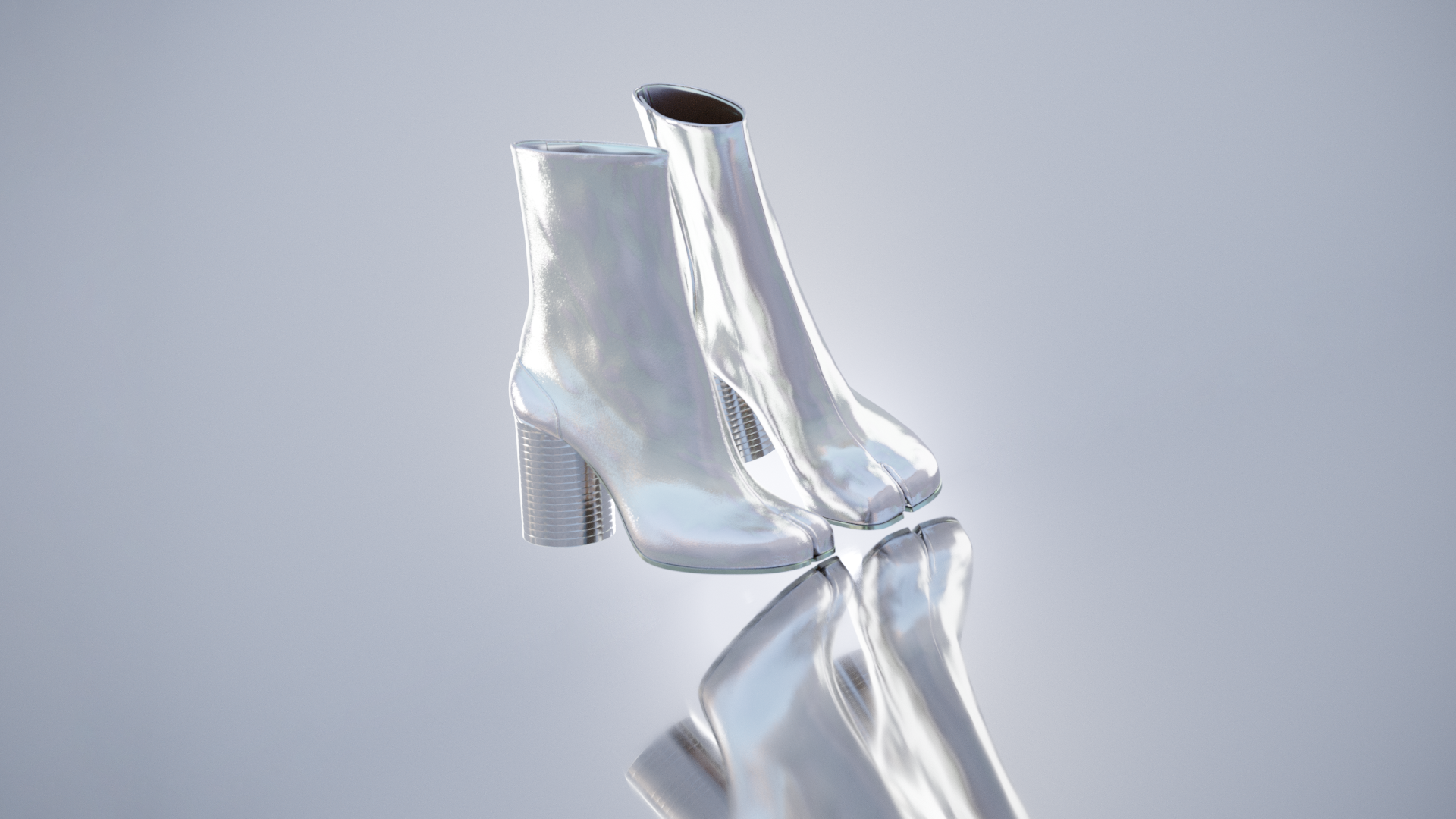Predating the launch of Ethereum by five months, in February 2015 conceptual artist Sarah Meyohas released the first tokenization of art on the blockchain: Bitchcoin. Six years later, the artist has migrated Bitchcoin from its native chain to Ethereum, releasing reserved Bitchcoins backed by art from her seminal Cloud of Petals exhibition at Red Bull Arts New York. For this release, Sarah chose to back each Bitchcoin with a unique pressed rose petal, with a supply of 3291.
480 tokens recently sold at auction in a dedicated Phillips sale, and from Friday 18th June, 200 will be made available on OpenSea at the price of 0.8 ETH (~$2000) each.
<hr>
“Long before Beeple’s digital collage fetched tens of millions of dollars at auction, Ms. Meyohas was experimenting with using the blockchain technology behind bitcoin to make art.”
Bourree Lam, Wall Street Journal
<hr>
Tell us about Bitchcoin. How do the physical petals from your previous work come into play?
Since its creation, Bitchcoin has always been fully asset-backed, much like the former U.S. gold standard which once linked paper money to gold reserves in Fort Knox. So for this release, I decided to use the most “gold-like” asset I had, which turned out to be a set of delicate pressed rose petals. They represent the most important project I ever worked on.
For Cloud of Petals, I had 16 workers meticulously plucking and photographing 100,000 rose petals in the former Bell Labs. The massive dataset they harvested was then used to generate new ai petals. I asked the men to pick one petal per rose that they considered most beautiful, and the petals were then pressed and preserved. From this modern-day happening, many artworks were created: a 30 minute 16mm experimental film, sculptures, and virtual reality scenes of particle systems of petals swarming around you with a custom scent. But it was the 3,291 chosen petals that were the centerpiece of the 2017 exhibition Cloud of Petals at Red Bull Arts New York.
The petals are the documentation of the performance; materially limited and unique, they are the proof-of-work of Cloud of Petals. If one chooses to redeem their Bitchcoin for a physical relic, their coin will be destroyed, or “burned,” establishing the symbiotic value of token and backing. Each Bitchcoin token has a number on the back — the number of the worker, and the number of the petal selected. This number links each token to its unique petal. As each Bitchcoin is backed by a relic from this project, the value of the cryptocurrency is tied to the inarticulable value of art, continuing the symbiotic call and response that established Bitchcoin as one of the world’s earliest NFTs.
<hr>
The Cloud of Petals trailer
<hr>
You launched the project in 2015, shortly before the Ethereum blockchain was born. Did you see the potential for NFTs as soon as you learned about the network?
Yes, and I thought about doing a bigger project, but was not sophisticated enough at the time and got spooked by the first DAO debacle.
People have always talked about turning art into a security. People have tried unsuccessfully (art funds) and people are still trying (peddling infographics about art being an asset-class uncorrelated to the S&P is really reductive to say the least…). But art doesn’t produce income. It can’t spit out dividends. It’s not a company.
But, art certainly shares similarities with gold. I had always been very interested in the way gold is universally a feedback loop between value in a cultural/religious sense and value in an economic sense. And what also shares similarities with gold? Bitcoin.
Art has some aspects of currency — they are representations that circulate. I really think it makes sense that if you can link art, or any sort of cultural value, to back a token that can circulate easily, then you can unlock a lot of value.
What do you make of recent developments in the space? Are you surprised to see auction houses like Phillips auctioning NFTs?
I am not surprised. First, the auction houses have gone into more of the “collectibles” market generally (they sell Hermes handbags, for example). “Collectibles” have a more direct relationship to their price than an artwork, since collectibles are more comparable. With collectibles, the price is part of the game, part of the hierarchy. With art, the price is obviously there, but it is more obscured, and for good reason.
So it makes sense that an auction house, which has a much bigger purview on what types of goods they can offer, would enter the market. But make no mistake, galleries will show up too, as will every distributor in a “cultural” field.
<hr>
Sarah Meyohas chats to Mike Novograts
<hr>
How do you describe the project to traditional collectors? What’s the reception been like?
Traditional collectors understand Cloud of Petals and its engagement with the philosophical questions it raises. They also understand Bitchcoin as an artwork, which can be slotted into a history of artists engaging with value in performance art (like Yves Klein). But putting the two together has some thrown for a loop. They understand that there is something physical, that thousands of hours of labor went into the project, etc. But I start to lose them with the idea of “backing” — of separating the stewardship of the artwork from its existence as a token.
But the crypto-community is more receptive to understanding that concept, and I really appreciate that. I’ve been honored to have gotten support from Ei Ventures, Shima Capital, Tarun Chitra, Ryan Zurrer, Jehan Chu, etc that really believe in the project.
The crypto community appreciates what I’m proposing — which is that the stewardship of an artwork can be separated from its financial exchange. For so long, painting has been the medium of choice because it is unique, archival, holds the imprint of the artist’s hand, easy to ship, easily comparable, and can be placed in a long history. These are metrics that make it easy for a market to develop. Art that is not a painting has always been more difficult to absorb into the market. How something is exchanged affects what gets valued.
If NFT’s so far have been used to enable financial value to be attached to digital art, which is otherwise just freely available information….then I have proposal: let’s take it a step further. Use NFTs to assign financial value to artwork that is not easy to collect. Artwork that pushes human understanding, that touches you emotionally, intellectually, and visually may not always come in the form of a JPEG or a generative video, but might take even stranger forms. That is my hope for NFTs.
As something of an art-tech pioneer, are there any new technologies you’re currently excited about?
I’m excited about diffraction gratings, which is the technology used to make Hololens (augmented reality headset). The glass itself is to me, a physical incarnation of the digital. I’m working on making pieces with them.
Whether it’s Bitchcoin, Cloud of Petals, diffraction gratings, or the rest of it, I have this commitment to the physical that is maybe humanist and sentimental. I embrace the digital world, for creating new realities, unthinkable images, etc. But I never want that to be completely untethered from physical reality. I want the digital to be able to return the real to us in a new, better way. I want Bitchcoins to trade digitally, but always be connected to the physical world, to bodies in the form of rose petals.
<hr>
Click here to view the collection, and follow Sarah Meyohas on Twitter and Instagram.










.png)

.png)
.png)
.png)